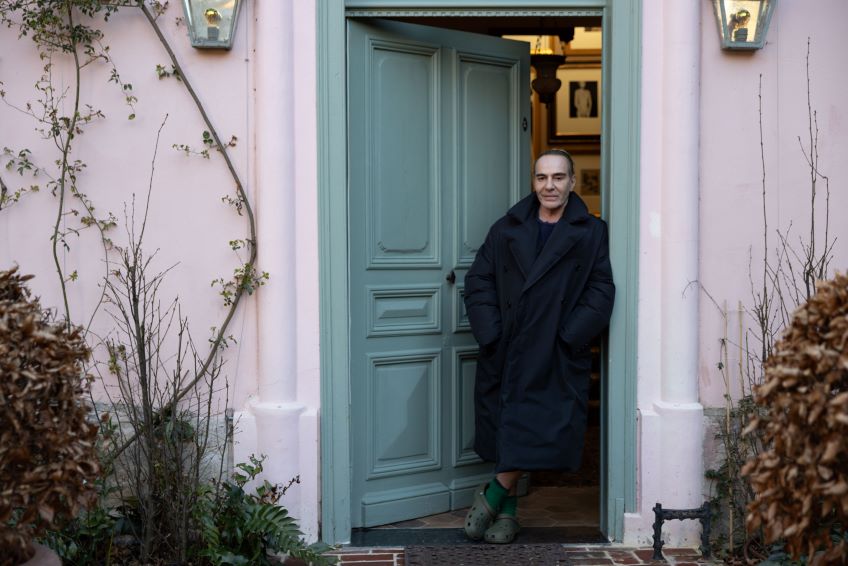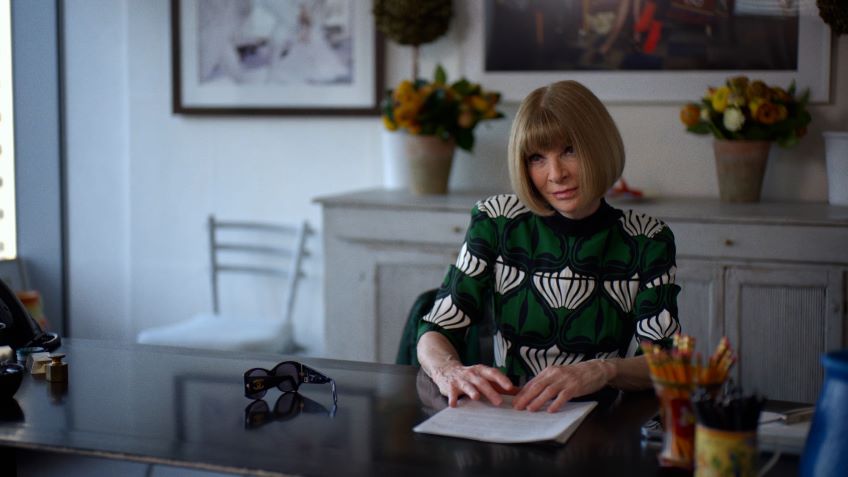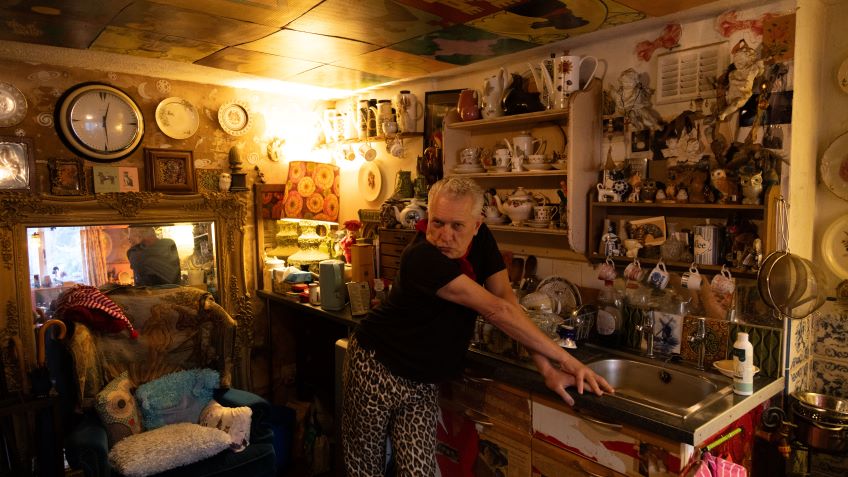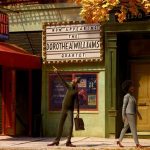Joyce Glasser reviews High and Low: John Galliano (March 8, 2024) Cert 15, 117 mins.
This is a documentary by Kevin Macdonald, the director of One Day in September, Touching the Void and The Mauritanian, so, yes, expect theatrical haute couture fashion with the wow factor, but expect something deeper. Macdonald probes the self-destructive, complex fashion wunderkind John Galliano in a rags to riches, glory to disgrace profile that is hardly reverential, but holds out for redemption.
2010 was not a good year for Anglo-French fashion. In February, Alexander McQueen committed suicide, aged 40, and in December, John Galliano, age 50, committed career suicide. The fall from grace, was not due to his increased alcohol and drug dependency due to an impossible work schedule – although many friends believe that this was the contributing factor. The most celebrated, sought after and indulged fashion designer in the world was sacked by Dior for hate speech.
The film begins with Galliano telling his interviewer: ‘It was a terrible thing that I did.’ We see grainy footage of an unkempt but distinguished looking middled-aged man sitting alone at the La Perle café/restaurant in Paris shouting, in slurred speech, racist and particularly antisemitic insults. Then Macdonald restarts at the beginning.

The first thing John Charles Galliano, 63, divulges is that he came to South London as a six-year old foreigner with a Spanish mother and a Gibraltarian father who was a plumber, a strict Catholic and homophobic. Bullied at home and school, John sketched incessantly, creating theatrical worlds into which he escaped. These sketches were his passport to a grant to Central St Martins. His graduation collection, inspired by the French Revolution, made history. So did Galliano who took a bow dressed as Napoleon set to conquer not only France, but the fashion world.
Within ten years, in 1995, he was made head designer of Givenchy, exactly one hundred years after the death of the only previous British designer to head a French haute couture house, Charles Worth. A year later, the luxury goods conglomerate LVMH promoted Galliano to Dior, hiring Alexander McQueen to replace him at Givenchy in what became a rivalry of flamboyant workaholics.
The film follows Galliano’s career from one success to another as he produces multiple (ladies’ and men’s ready to wear, shoes, bags, children’s clothes and haute couture) collections each year for Dior and for his private label, Galliano, which he ran simultaneously.
On his meteoric rise, Galliano is helped by those who recognise and bank on his talent such as Vogue’s Black fashion editor Andre Leon Talley. More prominent in the film is LVMH’s CEO Sidney Toledano, and Anna Wintour, who steps in several times in Galliano’s career to write extensively about his collections, secure financing, support him in exile and, most recently, back his transformation of the little known Maison Margiela, where Galiano just celebrated a relatively discreet come back.

From the 1980s, however, the most important person for Galliano was his multi-talented assistant, Steven Robinson. Some believe he sacrificed his own career to be Galliano’s enabler, while others claim he was the luckiest assistant in the world. Robinson made himself indispensable. One former employee complains that Robinson had an agenda and pushed out anyone who was getting too close to Galliano. But in 2007 Robinson died suddenly at age 38, and for a year, Galliano could barely work.
By 2007, what began as a celebratory drink and dinner to charm fashion editors and influencers became the only way to make it through the day. In 2010 Galliano was a black out drinker and too exhausted to show up at the post-show parties. His black outs might explain why he claims, on camera, to be surprised to learn that witnesses claim the antisemitic rants occurred on three separate occasions. Friends deny that he is antisemitic, but La Perle is located in the heart of Paris’s Jewish district.
Models and celebrities (he made Penelope Cruz’s wedding gown) love him. Kate Moss tells us that ‘nobody gives directions like John.’ He shares the stories that inspire his fashion with his “cast” of models. ‘You’re Princess Lucretia escaping a castle: run, run!’ And young Kate runs across the stage.
If he is condemned by such celebrities as Natalie Portman (who is Jewish), he is supported by Anna Wintour and Naomi Cambell who, says, referring to the video evidence, ‘I know him; I didn’t have to watch that.’
What few people know about this period is that while withdrawn from public life following his disgrace, Galliano studied Jewish history and Judaism with help from Rabbi Barry Marcus who, in 2015, thought Galliano had repented. But the designer’s trial return to fashion with Oscar de la Renta ended badly when he showed up on stage after the show dressed as a Hassidic Jew.
Is he reformed? Has he been forgiven? Regardless, all eyes are now on the Maison Margiela because money and talent talk. Audiences have to decide whether Macdonald’s documentary is a riveting cautionary tale, a condemnation of a cut-throat industry or part of a carefully orchestrated PR campaign to relaunch Galliano in the public eye.




